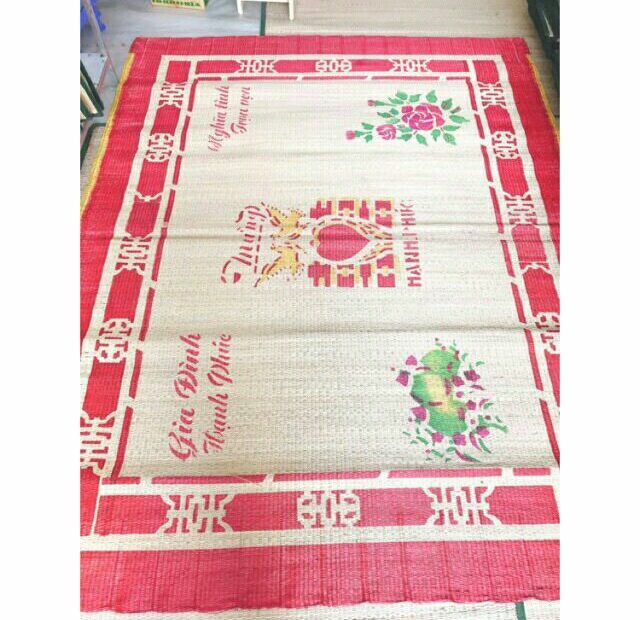TÓM TẮT
Phát hiện thấy 16 nội dung liên quan đến chủ đề tranh vẽ cái chiếu.


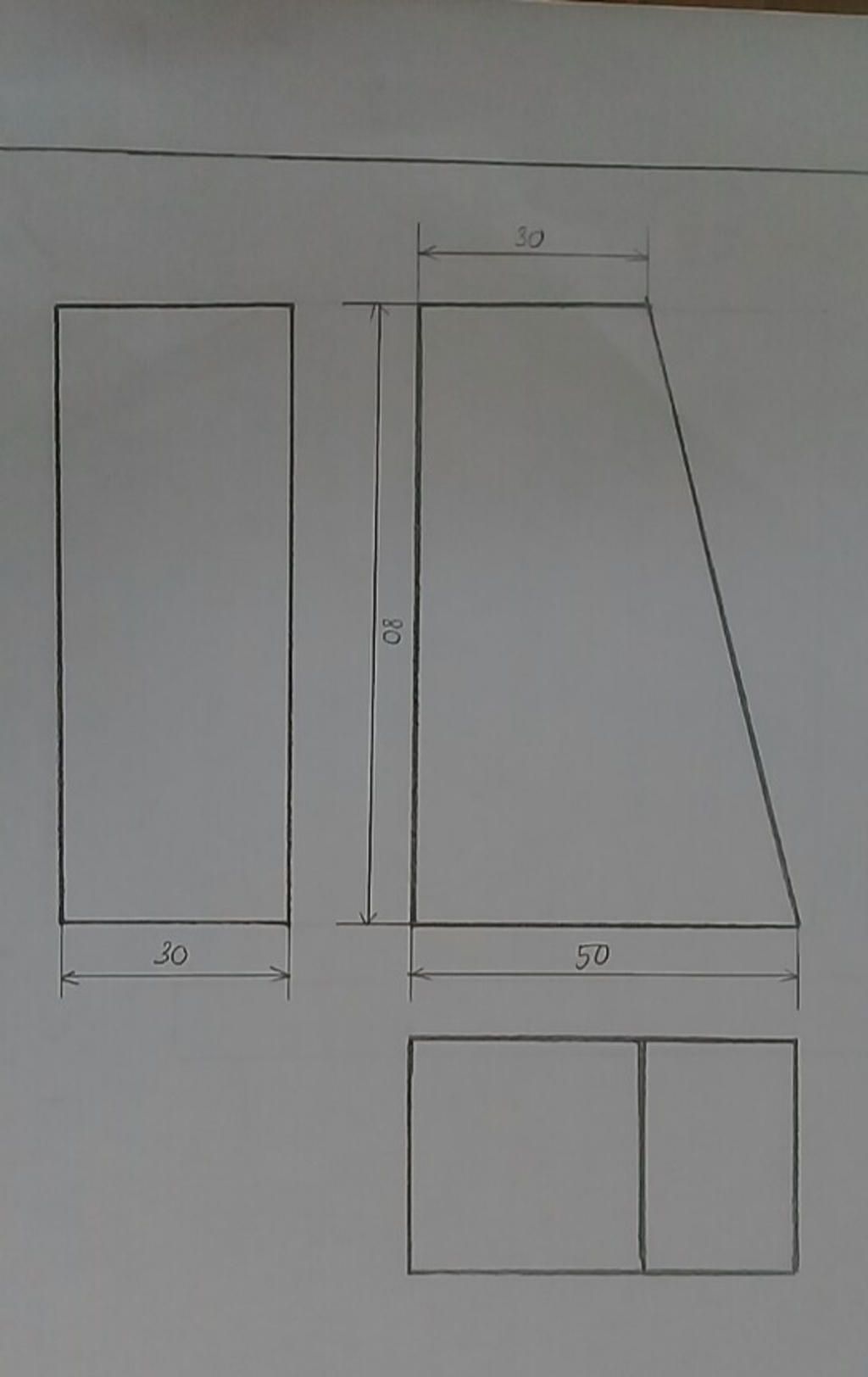


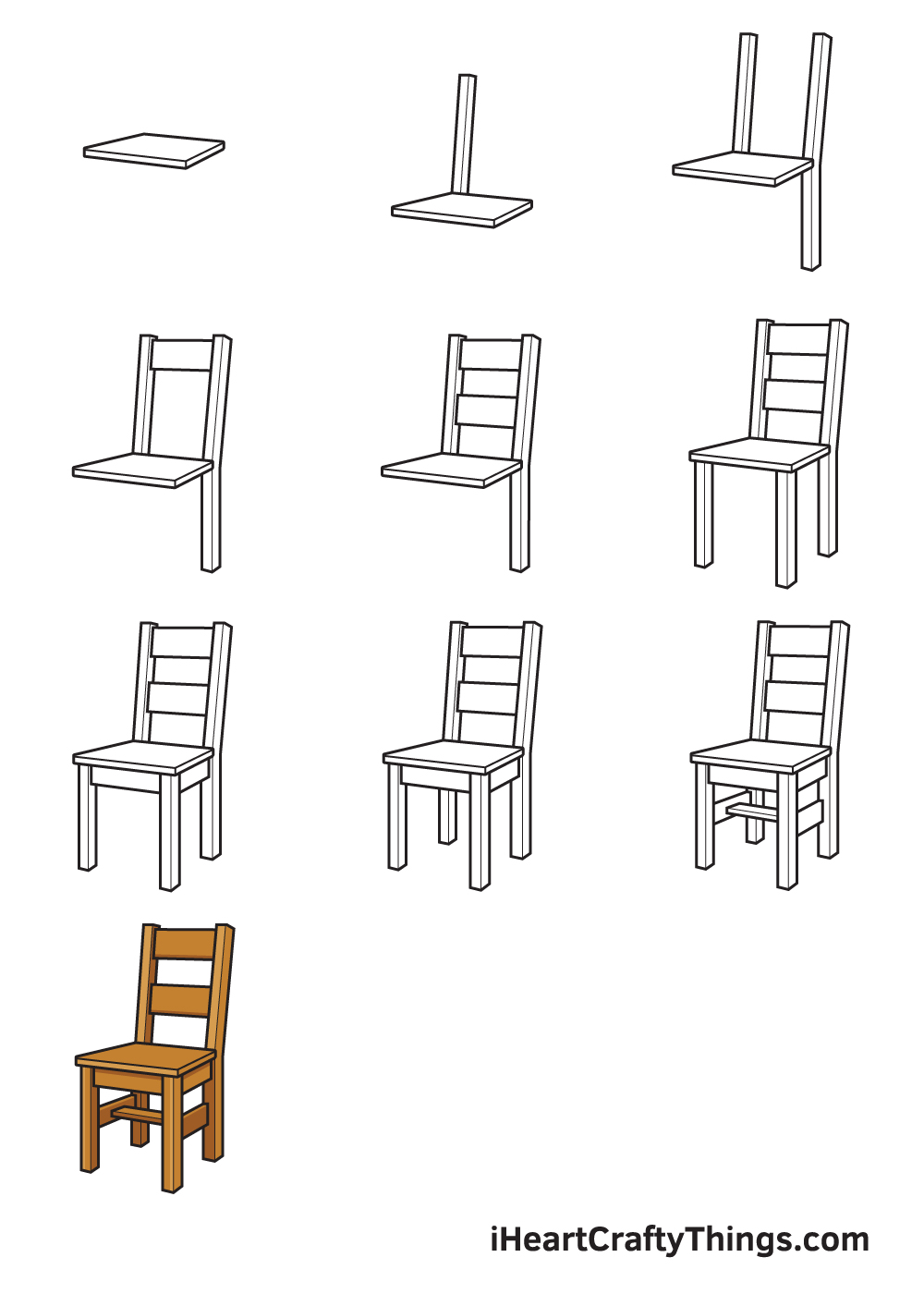
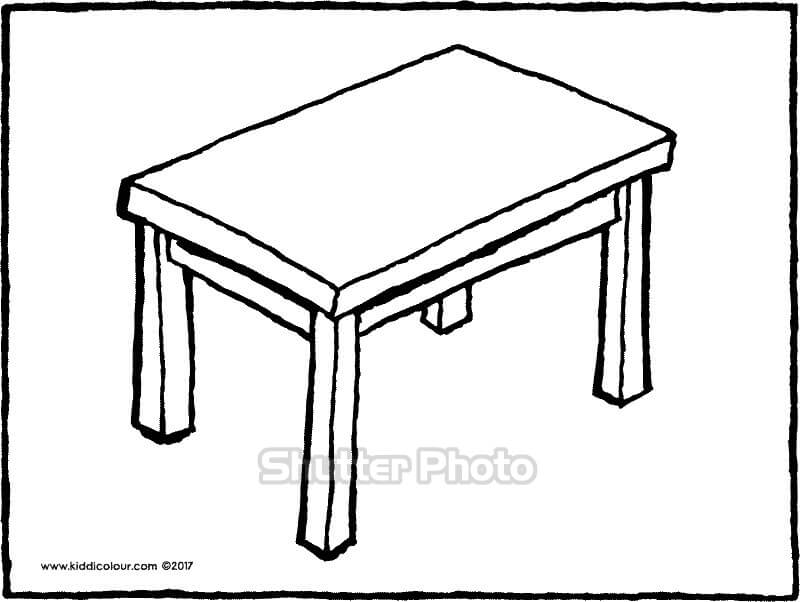

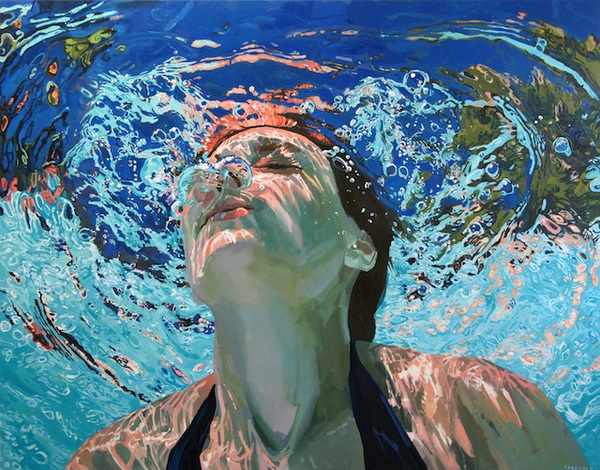


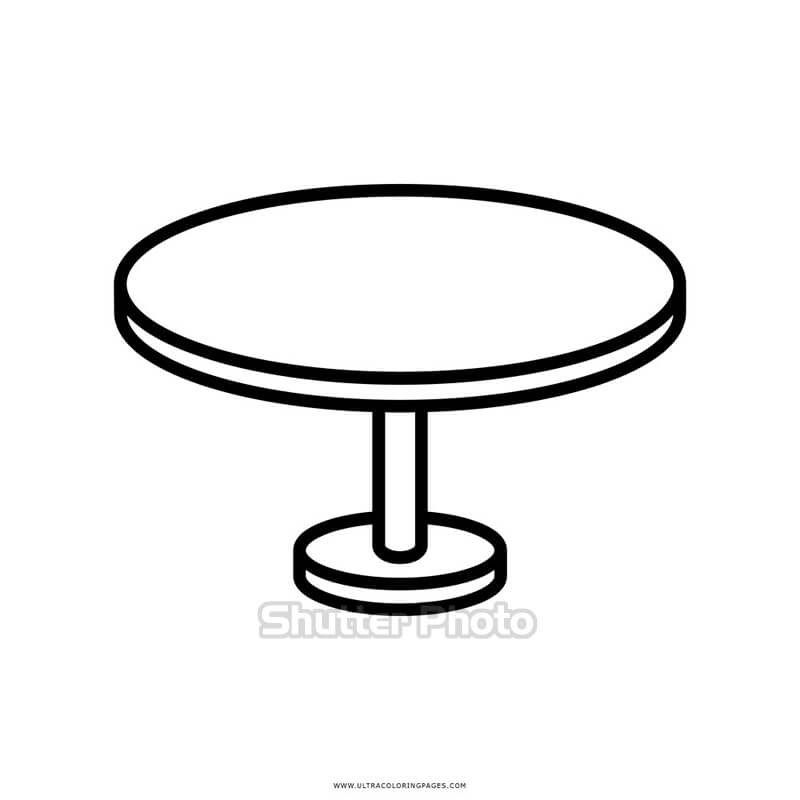

tranh vẽ cái chiếu
Tranh vẽ cái chiếu, or “painting a traditional Vietnamese mat,” is a popular form of art in Vietnam that reflects the country’s rich culture and history. The mat is an essential part of everyday life in Vietnam and has been used for centuries as a bedding or sitting mat, a floor covering, a wall decoration, and even a gift at weddings and other special occasions.
Tranh vẽ cái chiếu is a traditional form of folk art that has been passed down from one generation to another. It is a meticulous and time-consuming process that requires a high level of skill, patience, and attention to detail. The artists use a variety of techniques and materials, including bamboo, silk, and lacquer, to create intricate and colorful designs on the mat.
In this article, we will explore the history and significance of tranh vẽ cái chiếu, the techniques and materials used in this form of art, and the FAQs related to this traditional Vietnamese art form.
History and Significance of Tranh Vẽ Cái Chiếu
The use of the mat in Vietnam dates back to the 3rd century BC. It was used as a sleeping mat for soldiers during the Hung Vuong period, and later on, it became an essential item in every Vietnamese household. The mat is made from different materials, including reed, bamboo, and palm leaves.
In the old days, the mat was not decorated. However, as time passed, people started decorating it with simple patterns and designs. Over time, these designs became more intricate and symbolic of the country’s rich cultural heritage.
The origin of tranh vẽ cái chiếu can be traced back to the Ly dynasty (1010-1225). At that time, this art form was mainly practiced by the royal family and aristocracy. However, as the popularity of the mat grew among the common people, the art of painting on the mat reached wider audiences.
Today, tranh vẽ cái chiếu is a popular and widely practiced form of art in Vietnam. It reflects the country’s diverse cultural heritage and is an essential part of the Vietnamese way of life.
Techniques and Materials Used in Tranh Vẽ Cái Chiếu
Tranh vẽ cái chiếu involves several steps and techniques. The first step is to choose the right mat. The mat should be smooth, clean, and tightly woven. It should be made of natural materials, such as reed, bamboo, or palm leaf, to ensure that the painting lasts for a long time.
Once the mat is selected, it is time to start painting. The artist first draws the design on a piece of paper or directly onto the mat using pencil or charcoal. Then, the artist paints the design using lacquer and silk threads.
Lacquer is a type of resin extracted from trees that can withstand exposure to water, sunlight, and humidity. It is known for its glossiness and durability. To use lacquer in tranh vẽ cái chiếu, the artist applies a coat of lacquer onto the mat and lets it dry. Then, the artist applies another layer of lacquer and waits for it to dry. This process is repeated several times until the desired thickness is achieved.
Silk threads are used to create intricate details in the design. The artist dips the silk threads into a mixture of lacquer and pigment and then places them onto the mat. The artist uses a special tool called a chạm to press the silk threads into the lacquer. This process is repeated multiple times to create the desired pattern.
FAQs about Tranh Vẽ Cái Chiếu
Q: What are the common designs used in tranh vẽ cái chiếu?
A: The designs used in tranh vẽ cái chiếu can vary, but some of the common ones include flowers, animals, landscapes, and geometric shapes. These designs usually have symbolic meanings and are meant to bring luck and prosperity.
Q: How long does it take to complete a tranh vẽ cái chiếu?
A: The time required to complete a tranh vẽ cái chiếu depends on the complexity of the design and the skill of the artist. It can take several days or even weeks to complete a masterpiece.
Q: Can tranh vẽ cái chiếu be used as a functional mat?
A: Yes, tranh vẽ cái chiếu can be used as a functional mat. However, it is not recommended to use it for everyday use, as it may wear out the delicate artwork.
Q: Where can I buy a tranh vẽ cái chiếu?
A: Tranh vẽ cái chiếu can be found in many markets and galleries throughout Vietnam. However, the quality of the artwork can vary, so it is recommended to buy from reputable sellers.
In conclusion, tranh vẽ cái chiếu is a traditional Vietnamese art form that has been passed down from generation to generation. It reflects the country’s rich cultural heritage and is an essential part of the Vietnamese way of life. The meticulous and time-consuming process of painting on the mat using lacquer and silk threads results in intricate and colorful designs that have symbolic meanings. As a functional mat or a decorative piece, tranh vẽ cái chiếu captures the beauty and complexity of Vietnamese art.
Từ khoá người dùng tìm kiếm: tranh vẽ cái chiếu
Tag: Top 22 – tranh vẽ cái chiếu
Vẽ tranh 3D phảm chiếu
Xem thêm tại đây: buoitutrung.com
Link bài viết: tranh vẽ cái chiếu.
Xem thêm thông tin về chủ đề tranh vẽ cái chiếu.
- Xem hơn 100 ảnh về hình vẽ cái bàn – daotaonec
- Bức tranh chiêu tài lộc chỉ vẽ 1 cái bàn tính, chuyên gia lý giải
- 9 tuyệt chiêu dẫn dụ bé tập vẽ – tinbaihay.com
- Bộ Máy Chiếu Hình Tập vẽ Cho Bé Kèm Nhạc | Lazada.vn
Categories: buoitutrung.com/img
